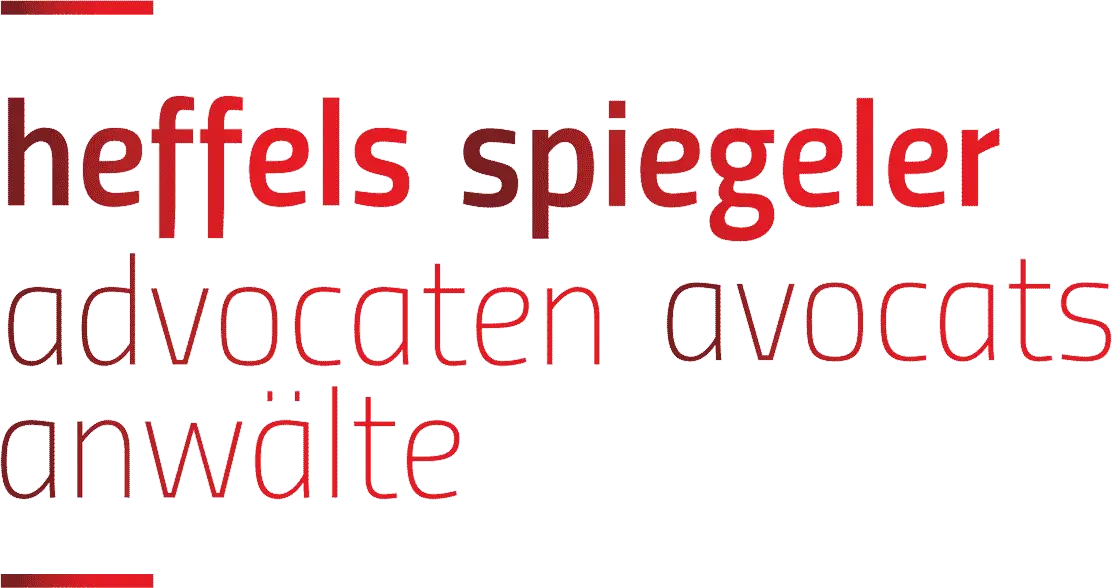 On 26 April 2022, the ECJ ruled in Case C-401/19 that the disputed Art. 17(4)(b) and Art. 17(4)(c) last sentence of Directive (EU) 2019/790. c, last sentence, of Directive (EU) 2019/790, which regulates the use of so-called upload filters and which Poland sought to have annulled, does not violate the right to freedom of expression and information enshrined in Article 11 of the Charter of Fundamental Rights of the EU.
On 26 April 2022, the ECJ ruled in Case C-401/19 that the disputed Art. 17(4)(b) and Art. 17(4)(c) last sentence of Directive (EU) 2019/790. c, last sentence, of Directive (EU) 2019/790, which regulates the use of so-called upload filters and which Poland sought to have annulled, does not violate the right to freedom of expression and information enshrined in Article 11 of the Charter of Fundamental Rights of the EU.
The Court pointed out in its decision that Internet platform providers must prove that they meet all the conditions for exemption provided for in Article 17(4) in order not to be held liable for uploads of unlawful content by users for which they do not have the permission of the right holders. Read more

 On 26 April we celebrate the annual World Intellectual Property Day. The event was launched in 2000 by the World Intellectual Property Organization (WIPO) to “raise awareness of the impact of patents, copyrights, trademarks and designs on daily life” and to “celebrate the creativity and contribution of creators and innovators to the development of societies around the world”.
On 26 April we celebrate the annual World Intellectual Property Day. The event was launched in 2000 by the World Intellectual Property Organization (WIPO) to “raise awareness of the impact of patents, copyrights, trademarks and designs on daily life” and to “celebrate the creativity and contribution of creators and innovators to the development of societies around the world”. The International Day of Sport for Development and Peace (IDSDP), celebrated annually on 6 April, is an opportunity to celebrate the positive role of sport and physical activity in communities and in the lives of people around the world.
The International Day of Sport for Development and Peace (IDSDP), celebrated annually on 6 April, is an opportunity to celebrate the positive role of sport and physical activity in communities and in the lives of people around the world. International Women’s Day is just around the corner. On 8th March of each year, women around the world are celebrated and paid tribute to the struggle and emancipation of women.
International Women’s Day is just around the corner. On 8th March of each year, women around the world are celebrated and paid tribute to the struggle and emancipation of women. National Tulip Day: legally relevant?
National Tulip Day: legally relevant? How are the works “created” by artificial intelligence protected in the face of the new resolutions adopted by the European Parliament?
How are the works “created” by artificial intelligence protected in the face of the new resolutions adopted by the European Parliament? The pandemic has hit football hard. Many football clubs are struggling financially and sponsors are withdrawing. The effect of sponsorship is limited of course if no matches are being played or being played without an audience. However, the company EasyToys – intended sponsor of FC Emmen – got a lot of attention this season, partly thanks to the prudery of the Royal Dutch Football Association.
The pandemic has hit football hard. Many football clubs are struggling financially and sponsors are withdrawing. The effect of sponsorship is limited of course if no matches are being played or being played without an audience. However, the company EasyToys – intended sponsor of FC Emmen – got a lot of attention this season, partly thanks to the prudery of the Royal Dutch Football Association.  You have received a favourable judgment from a foreign court and wish to enforce it in the Netherlands. What possibilities does Dutch law offer to enforce decisions from foreign countries? Certainly, the recognition and enforcement of a non-European judgment in the Netherlands can be complex. This article provides a brief introduction to whether and under what conditions recognition and enforcement of foreign judgments is possible.
You have received a favourable judgment from a foreign court and wish to enforce it in the Netherlands. What possibilities does Dutch law offer to enforce decisions from foreign countries? Certainly, the recognition and enforcement of a non-European judgment in the Netherlands can be complex. This article provides a brief introduction to whether and under what conditions recognition and enforcement of foreign judgments is possible.